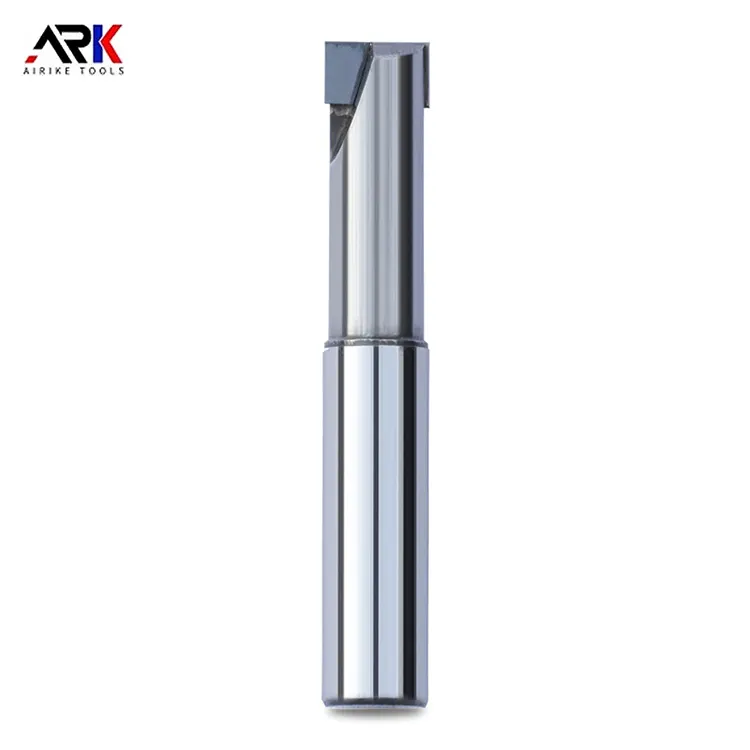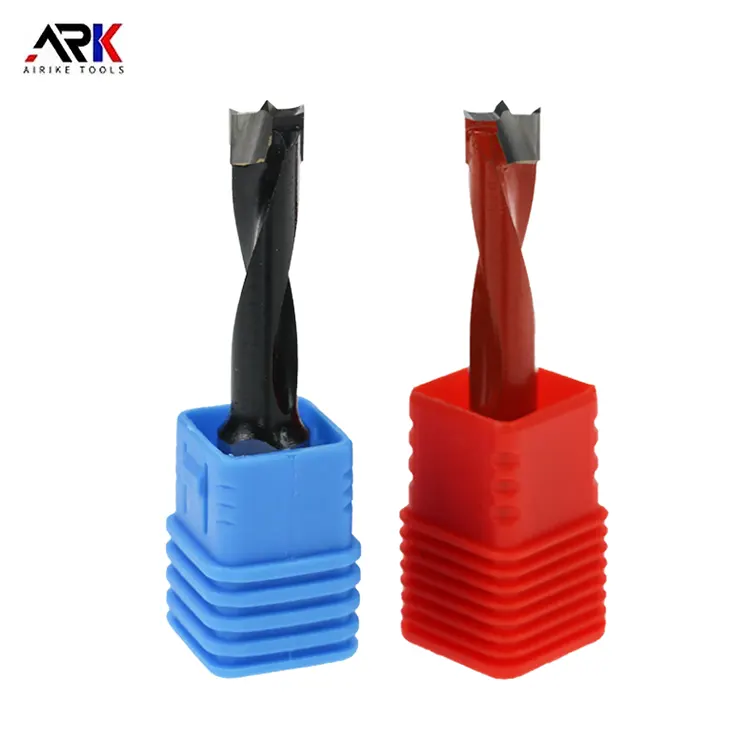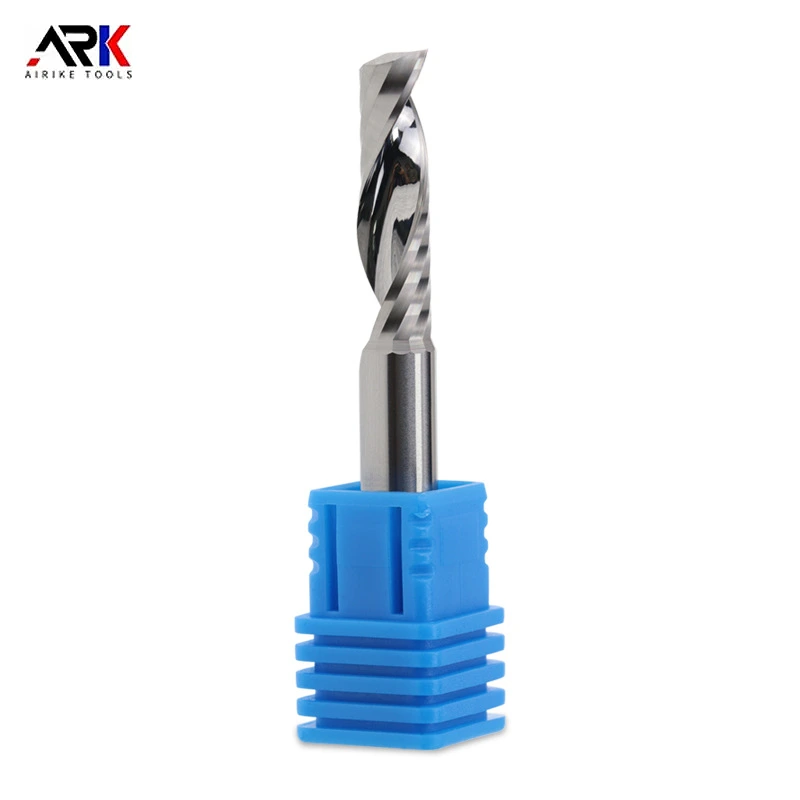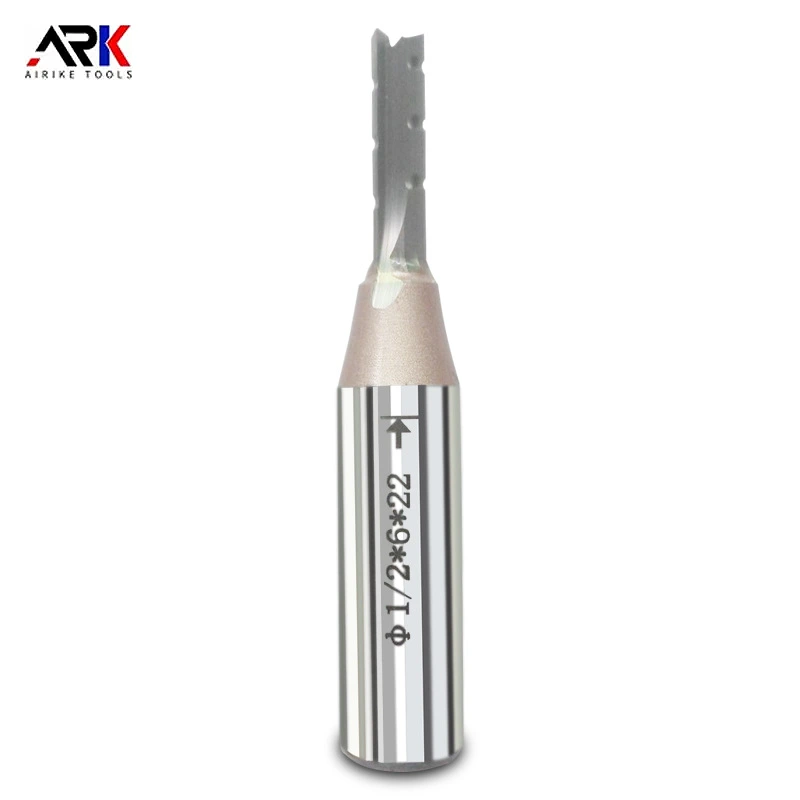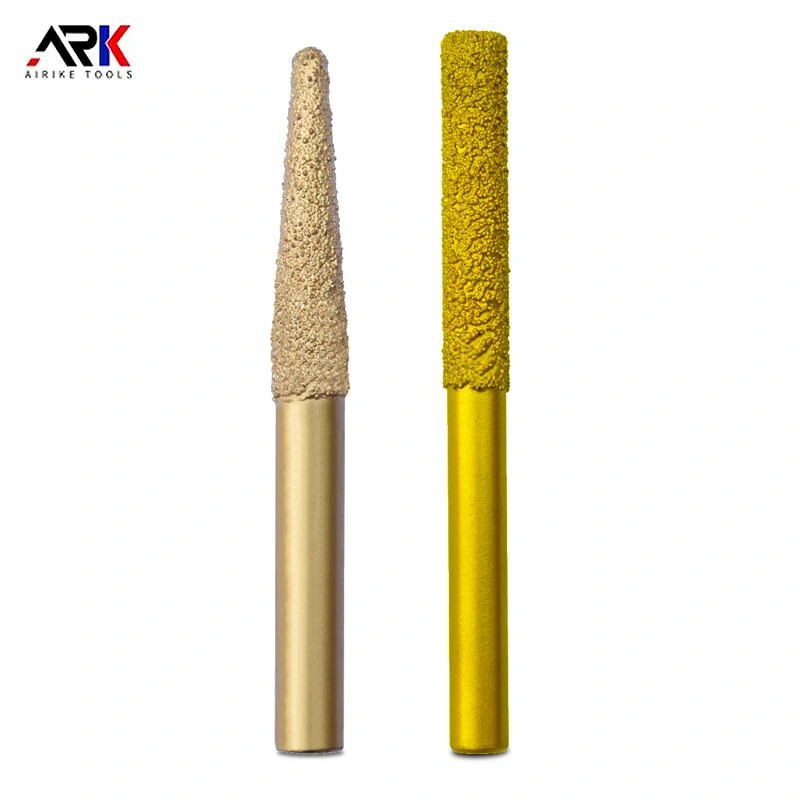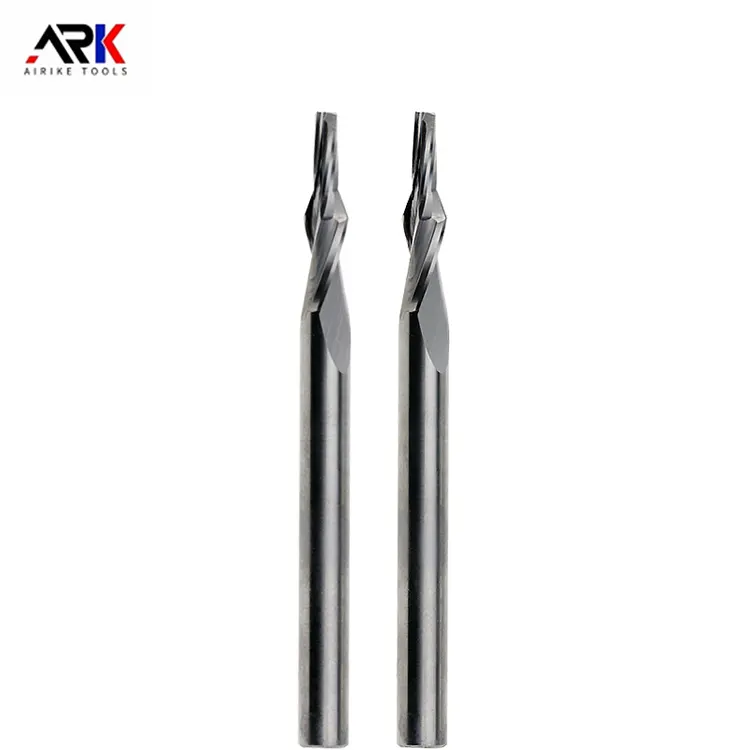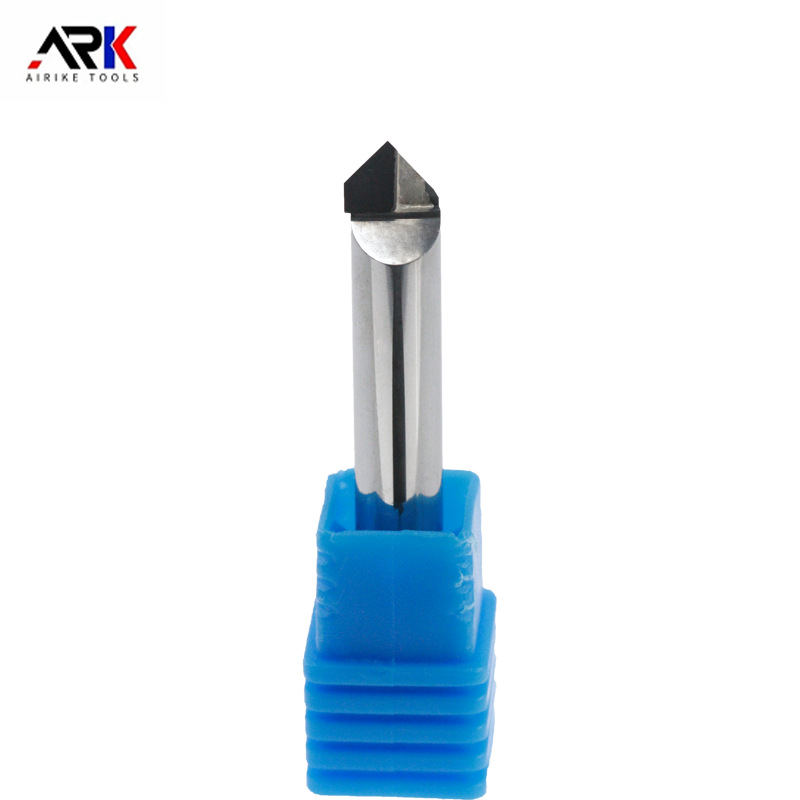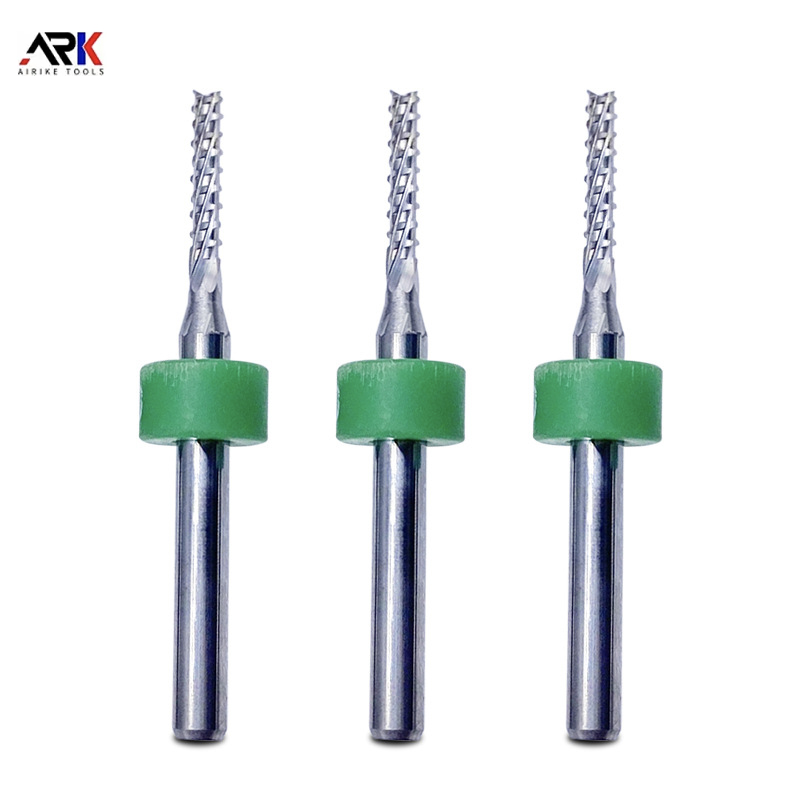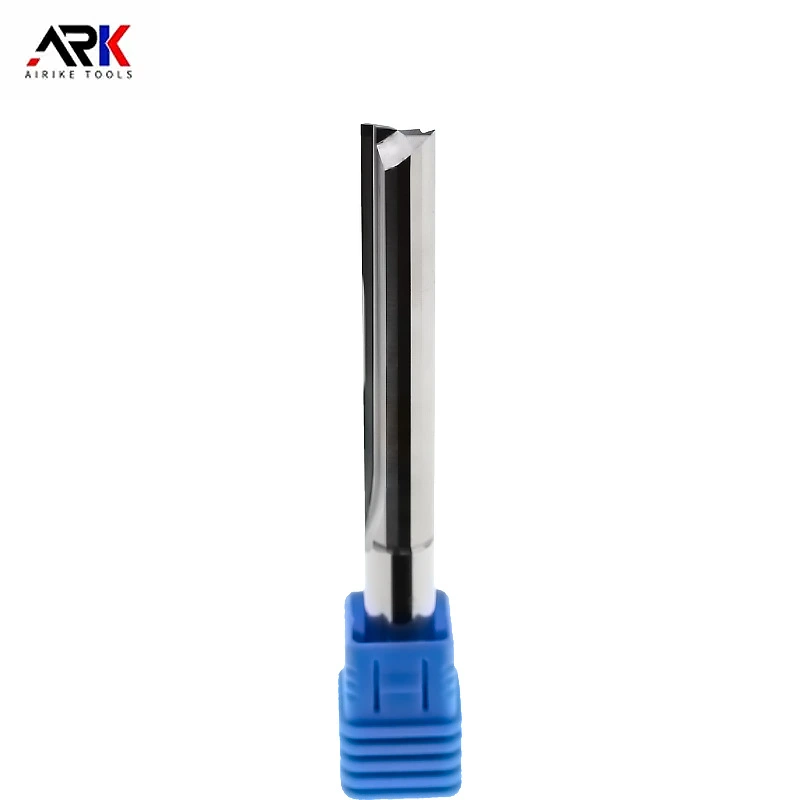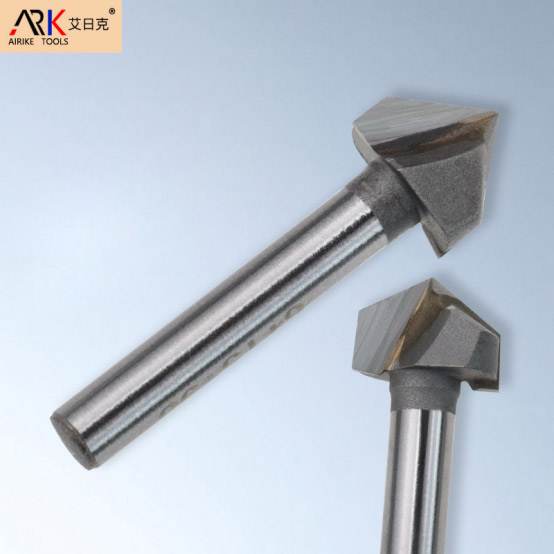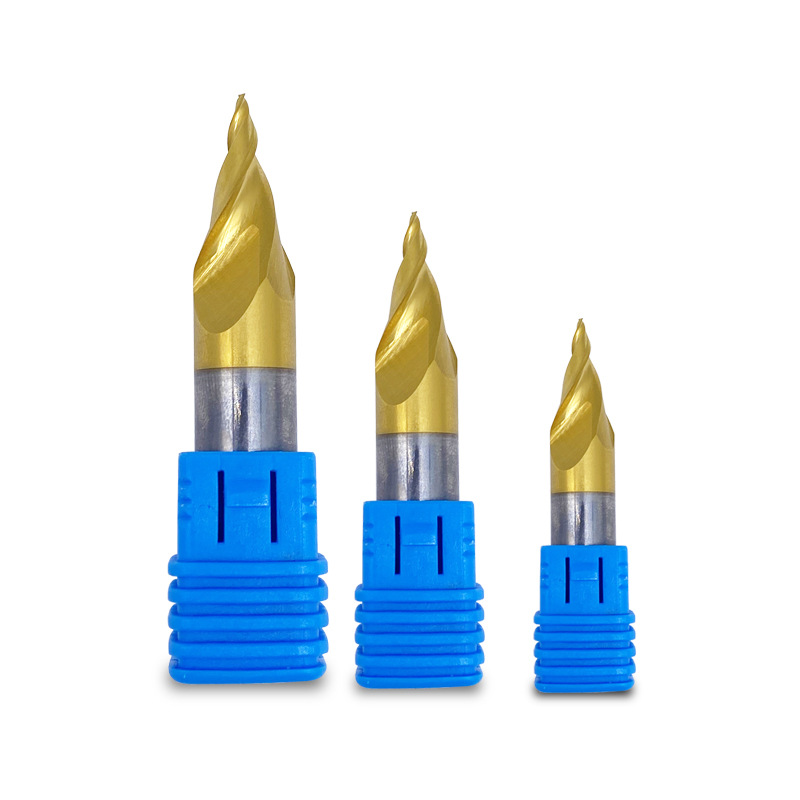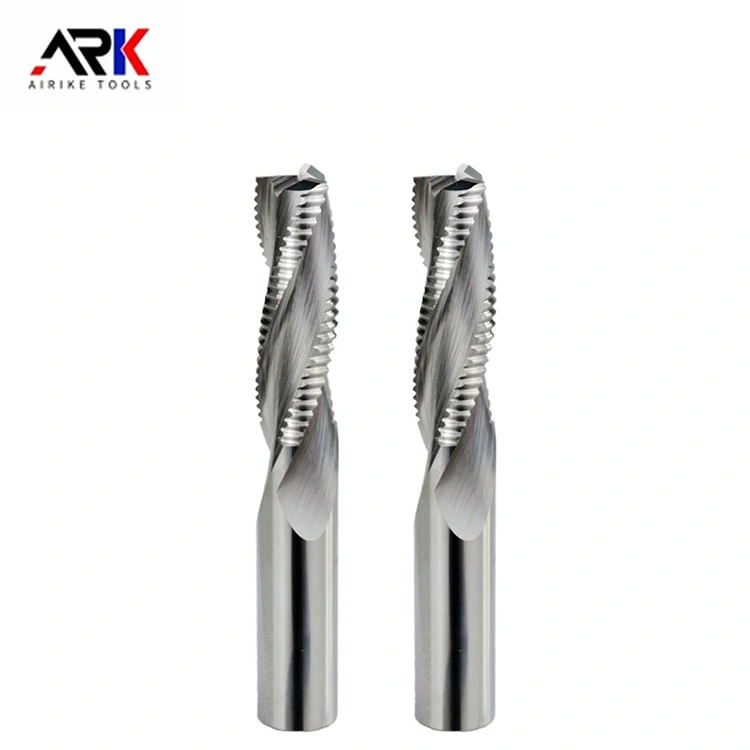Email Us
Can carbon fiber milling cutter be used to machine stainless steel?
In recent years, carbon fiber reinforced composites have been favored in aerospace, automotive and other fields due to their lightweight and high strength properties, and carbon fiber has also been explored for use in the manufacture of cutting tools. So, can carbon fiber milling cutter machining stainless steel? The following Zhongye Da editorial will take you to explore it!
In the field of metal processing, stainless steel is widely used for its excellent corrosion resistance, strength and toughness, but it is also categorized as a typical difficult-to-machine material due to its work-hardening tendency, high coefficient of friction, and easy-to-sticky cutter characteristics. Traditional carbide milling cutter in the machining of stainless steel, often facing fast cutting tool wear, low machining efficiency, poor surface quality of the workpiece and other issues.
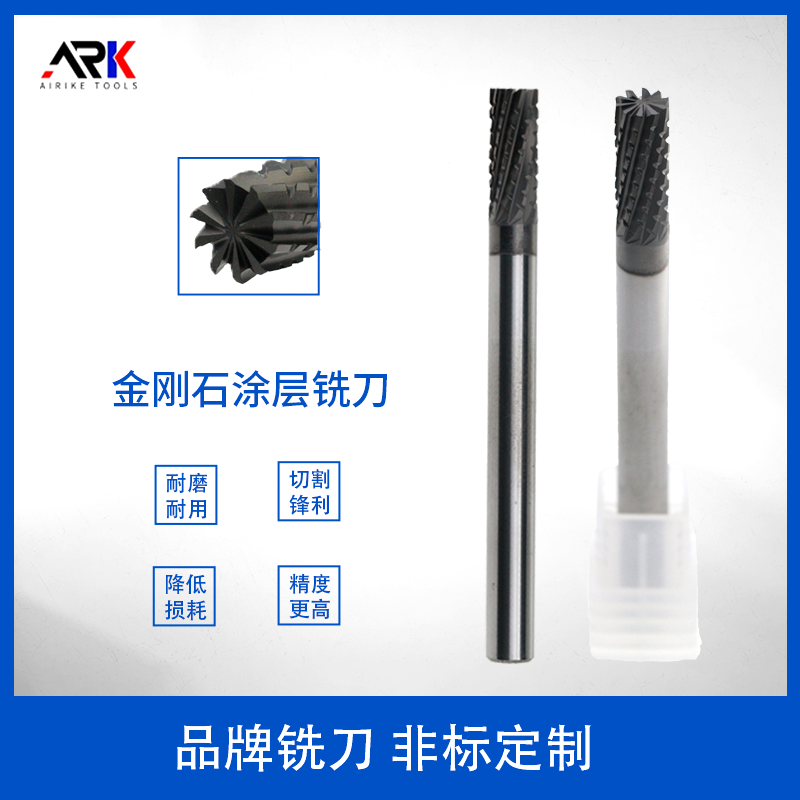
First of all, we need to make one thing clear: usually what we call carbon fiber milling cutter does not mean that the whole tool consists of pure carbon fiber, but refers to the use of carbon fiber reinforced composite materials as the matrix or coating of the cutting tool, or carbon fiber and other materials (such as ceramics, metal) combined to take advantage of some of the characteristics of the carbon fiber to enhance the performance of the tool. Pure carbon fiber itself is so brittle that it is impractical to use it directly as a cutting edge.
Theoretically, if it were possible to create cutting edges based on carbon fiber composites with sufficient hardness and wear resistance, then using their low density, high rigidity and possibly low coefficient of friction properties might offer some advantages when machining stainless steel. For example, lower density means less centrifugal force on the cutting tool, which is good for high-speed machining; high rigidity helps to reduce vibration and improve machining stability; and if low friction can be achieved on the surface, it may reduce chip bonding and improve chip removal.
However, the use of carbon fiber milling cutter for machining stainless steel, faces great challenges.
A, insufficient hardness and wear resistance:
Stainless steel has significant work hardening phenomenon, high temperature in the cutting area, which requires extremely high hardness and wear resistance of the cutting tool. The current mainstream cutting tool materials for machining stainless steel, such as cobalt-containing cemented carbide, PCD (polycrystalline diamond coating), PCBN (polycrystalline cubic boron nitride), etc., are equipped with extremely high hardness. Carbon fiber composites, especially those without special treatment, have a much lower hardness than these materials. In the high-speed, high-temperature, high-pressure cutting environment, carbon fiber cutting tools are very easy to wear, chipping or even broken.
B, poor high temperature stability:
Stainless steel cutting generates huge heat, cutting tools need to withstand high temperatures without softening and oxidizing. Carbon fiber and its composite materials at high temperatures will be a sharp decline in performance, generally can only be used at lower temperatures. Processing of stainless steel generated by the high temperature is likely to exceed the tolerance limit of carbon fiber, resulting in cutting tool failure.
C, chemical compatibility and bonding problems:
Although the carbon fiber itself is chemically stable, but in the cutting process, high temperature and high pressure may occur between the cutting tool and the workpiece material complex physicochemical effects. Stainless steel adhesion is strong, carbon fiber cutting tool can effectively resist the “sticky knife” phenomenon, has yet to be verified. If the bond is serious, but will exacerbate cutting tool wear and surface deterioration.
D, the manufacturing process is complex and costly:
To create both cutting tool can withstand cutting forces, high temperature, high hardness, but also contains carbon fiber reinforced composite tool, its manufacturing process will be extremely complex, the cost will be very high. The mature, cost-effective carbon fiber cutting tools currently on the market are mainly used in non-metallic (e.g., composites, wood) machining areas.
In summary, although the carbon fiber material has many excellent properties, its current application in the manufacture of milling cutters directly for the machining of stainless steel is technically faced with core obstacles such as insufficient hardness and wear resistance, and poor high-temperature stability. Existing experiments or application cases are very limited, and it is difficult to compete with mature carbide, PCBN and other cutting tool materials in the machining of stainless steel performance and cost.
Therefore, at this stage, it is not recommended to use carbon fiber milling cutter in the conventional sense to machine stainless steel. For the machining of stainless steel, choosing the right grade of carbide, using PCBN tools or optimizing cutting parameters are still more reliable and cost-effective solutions.
- How to Choose Chamfering Cutter Brands? Three Steps to Find the Right Fit
- What are the parameters for graphite milling cutters?
- Is a spiral or straight flute woodworking milling cutter better for edge trimming?
- Can diamond-tipped Engraving Machine Milling Cutters handle ultra-fine detail engraving?
- How to Improve the Processing Efficiency of Woodworking Milling Cutters?
- What is the welding process for Welded Milling Cutters?
Contact Us
Paibang Industrial Zone, Henggang Town, Longgang District, Shenzhen
Copyright © 2025 Shenzhen Zhongyeda Precision Technology Co., Ltd. All Rights Reserved.


